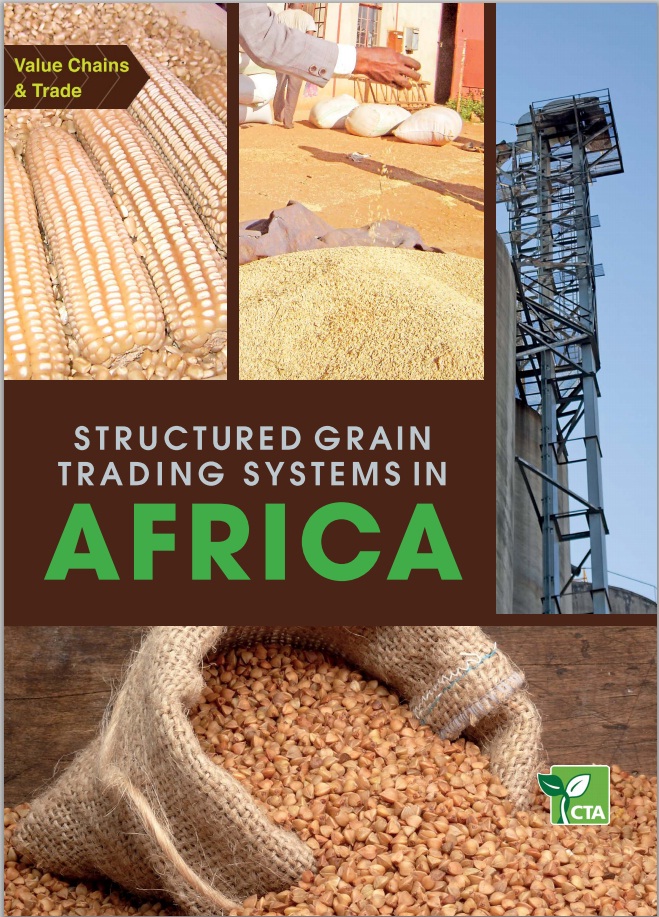Structured Grain Trading Systems in Africa

2013
This manual describes how structured trading systems work for grains such as maize, sorghum and millet, as well as commodities such as groundnuts and soybeans. The manual explains how the system works, from postharvest handling and warehousing to trading on a commodity exchange. It describes standards, explains how market information is used, and explores the details of trade contracts and dispute resolution. It has been and can be used successfully in training programmes and courses.
Countries: Algeria, Angola, Benin, Botswana, Burkina Faso, Burundi, Cabo Verde, Cameroon, Central African Republic, Chad, Comoros, Congo, Côte d'Ivoire, Democratic Republic of the Congo, Djibouti, Egypt, Equatorial Guinea, Eritrea, Ethiopia, Gabon, Gambia, Ghana, Guinea, Guinea-Bissau, Kenya, Lesotho, Liberia, Libya, Madagascar, Malawi, Mali, Mauritania, Mauritius, Mayotte, Morocco, Mozambique, Namibia, Niger, Nigeria, Réunion, Rwanda, Saint Helena Ascension and Tristan da Cunha, Sao Tome and Principe, Senegal, Seychelles, Sierra Leone, Somalia, South Africa, South Sudan, Sudan, Swaziland, Togo, Tunisia, Uganda, United Republic of Tanzania, Western Sahara, Zambia, Zimbabwe
Commodities: Cereals in general
Topics: Risk management (Analysis)
Personal author: Vincent Fautrel, Lamon Rutten, Andrew Shepherd, Paul Mundy
Publisher: Technical Centre for Agricultural and Rural Cooperation (CTA), Eastern Africa Grain Council (EAGC)
Category: Field-based materials
Level suitability: Advanced, Intermediate
Type: Learning material
Format: Document
References: EN
